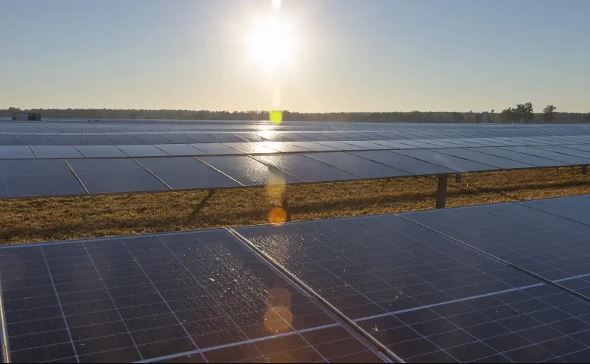Different Types of Renewable Energy
Nowadays,
the production of renewable energy involves continuously renewing resources or
processes. These energy sources include hydroelectricity, geothermal, solar,
and wind power. Although green energy and clean energy are frequently
associated with renewable sources, there are some minor distinctions among the
three energy categories. A clean energy source does not emit pollutants like
carbon dioxide produced from natural sources. Looking for the best Energy From Renewable Sources is
the right choice which can also be recyclable. Although there is frequent
overlap between these energy forms, not all forms of renewable energy are truly
clean or environmentally friendly. Here are some of the different types of
renewable energy, which are explained below:
Solar
energy:
Utilizing
solar collectors, it is possible to capture the sun's radiant heat and light
energy. These solar collectors come in many varieties, including photovoltaic,
concentrator photovoltaic, solar heating, concentrated sun power, artificial
photosynthesis, and solar architecture. Then, light, heat, and other types of
electricity are produced using the solar energy that has been captured.
Wind
energy:
A
plentiful source of renewable energy is wind. Wind farms are more prevalent as
wind power's contribution to the National Grid increases. Wind-drive generators
provide power to the National Grid to produce electricity. Even though off-grid
or household power methods exist, only some properties can accommodate a
residential wind turbine.
Hydroelectricity:
The
kinetic energy of the moving water is utilized to drive the turbines that
produce electricity. This is one of the best Alternative
Energy Sources made by building dams and
reservoirs on flowing water. Both tide and wave power converts the energy of
the ocean's tides and waves to produce electricity. These two hydropower
technologies offer enormous potential for the production of electricity.
Biomass
energy:
This
form of energy is obtained from lignocellulosic biomass, a biological material
composed of components derived from living things and plants. Both directly and
indirectly, biomass can be used to make biofuels through combustion. Biomass
can be used to generate heat. Transportation fuels like ethanol, biodiesel, and
methane petrol can be produced from biomass to provide other valuable types of
energy.
Summing
it up:
From
the above mentioned, the demand for energy to power homes, businesses, and
communities grows along with the global population. Innovation and the growth
of renewable energy sources are essential to maintaining a sustainable energy
level and halting climate change.
Less pollution is produced when renewable energy sources are used to produce energy, which significantly impacts the economy and energy security.



Comments
Post a Comment